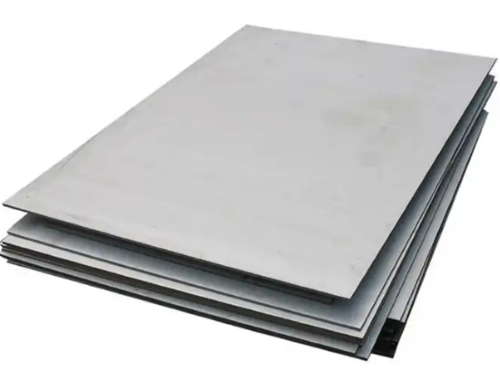
Introduction High-temperature alloys represent a class of materials engineered to withstand extreme heat, corrosion, and mechanical stress. They have found indispensable applications in industries where conventional metals would succumb to harsh conditions. Among these alloys, Inconel and Hastelloy stand out as exemplary materials. These alloys demonstrate remarkable performance in some of the most demanding environments. […]
Tags: Extreme Conditions, Hastelloy, Heat Resistant Material, High-Temperature Alloys, Inconel
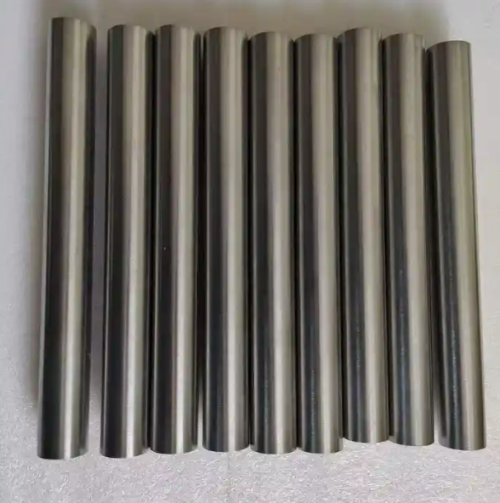
Introduction: The fusion of tungsten, nickel, and copper in an alloy brings forth a composite material– Tungsten-Nickel-Copper Alloy. It is renowned for its exceptional properties and diverse applications. This article delves into the unique characteristics, manufacturing processes, and widespread utilization of tungsten-nickel-copper alloy across various industries. Types of Tungsten-Nickel-Copper Alloy: Tungsten-nickel-copper (W-Ni-Cu) alloys come in […]
Tags: Diverse Applications, Manufacturing Process, Strength, Tungsten Nickel Copper Alloy, Types
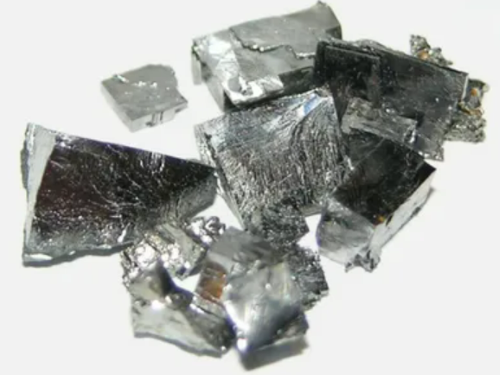
Introduction In the world of medical procedures, tantalum markers enhance precision and stability, particularly in spinal fusion devices and implantation procedures. This article is going to discuss the dual forms of tantalum markers–the needle for spinal fusion and the beads for radiographic guidance. Hope that you can have a better understanding of their versatile designs […]
Tags: Medical Procedures, Radiostereometric Analysis (RSA), Tantalum Beads, Tantalum Markers, Tantalum Needles
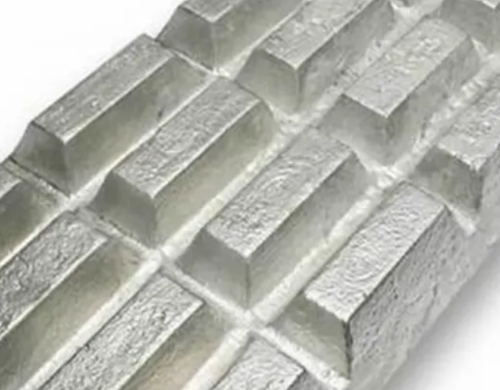
Introduction The pursuit of materials that offer both reduced weight and enhanced performance has been a driving force behind innovation in various industries, ranging from aerospace to automotive manufacturing. In this exploration, we will delve into the remarkable properties, diverse applications, and transformative potential of magnesium-scandium (Mg-Sc) master alloys, shedding light on their pivotal role […]
Tags: Applications, Lightweight Metals, Magnesium-Scandium Master Alloy, Properties
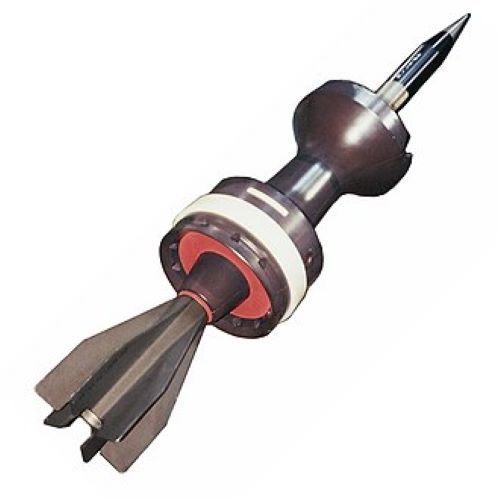
Introduction: In the world of military and defense, staying ahead of the curve is not just a goal; it’s a necessity. One such area is in armor-piercing technology. Tungsten penetrators have emerged as the cutting edge of this field, offering unparalleled performance and capabilities. In this article, we will explore their histories, properties, applications, and […]
Tags: Applications, Armor-Piercing Technology, Density, Features, Hardness, High Melting Point, History, Tungsten Penetrators
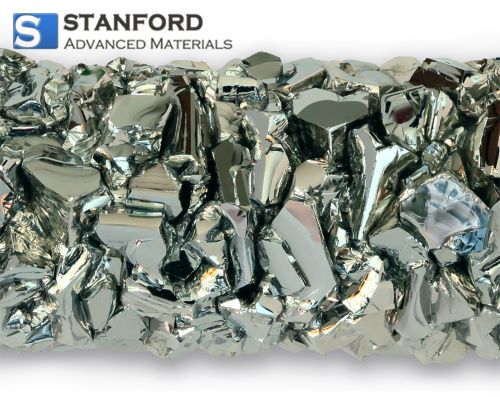
Introduction Hafnium is a silvery-white metal that is chemically similar to zirconium. It is a corrosion-resistant metal with a high melting point, making it useful in a variety of applications. One form of hafnium that is becoming increasingly popular is the hafnium crystal bar. In this article, we will briefly introduce the features and applications […]
Tags: corrosion resistance, Hafnium Crystal Bar, High-purity, Nuclear, superalloy, Thermal
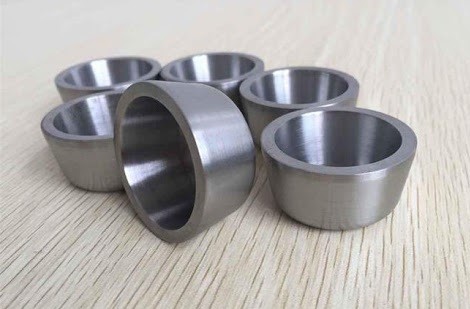
Introduction Crucibles are essential components used in laboratories or research facilities where high-temperature processes are carried out. They are used to hold and heat samples or substances to very high temperatures for analysis, purification, or other applications. Crucibles are made of various materials, including ceramics, glass, metals, and alloys, and come in different shapes and […]
Tags: Advanced Refractory Metals, Low-form Tungsten Crucible, Platinum Crucibles, tungsten crucible

Refractory metals are metallic elements of the periodic table with unique properties such as extremely high melting points. However, they can remain solid at room temperature. These characteristics make these materials ideal for research-based and critical nuclear reactions. What Are Refractory Metals? Refractory metals possess a melting point above 2,000° Celsius (3,632° F) and are […]
Tags: Methods to improve the heat resistance of alloys, Molybdenum based alloys, pure metals, pure molybdenum and tungsten, Refractory alloys based on tungsten, Refractory Metal Alloys, Refractory Metals in Nuclear Reactions, Refractory Metals in Various Industries, Refractory niobium-based alloys, silicon-based coatings, TZM Niobium
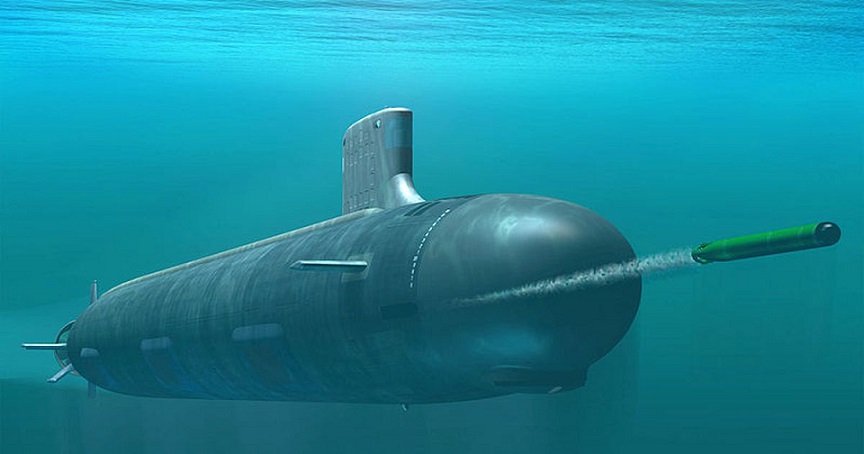
Titanium-Aluminum-Niobium-Zirconium-Molybdenum Alloy for Submersible Shell Compared with titanium alloys, titanium-aluminum-niobium–zirconium–molybdenum alloys are more suitable for producing deep submersible shells with high comprehensive performance. This is mainly due to its superior welding performance, impact toughness, fracture toughness, and corrosion resistance. In this article, let’s take a closer look at the titanium-aluminum-niobium-zirconium-molybdenum alloy for submersible shells. Since the […]
Tags: Advanced Refractory Metals, ARM, Molybdenum, Niobium, refractory alloys, Refractory Metals, titanium, Titanium alloys, Titanium-Aluminum-Niobium-Zirconium-Molybdenum Alloy, Zirconium
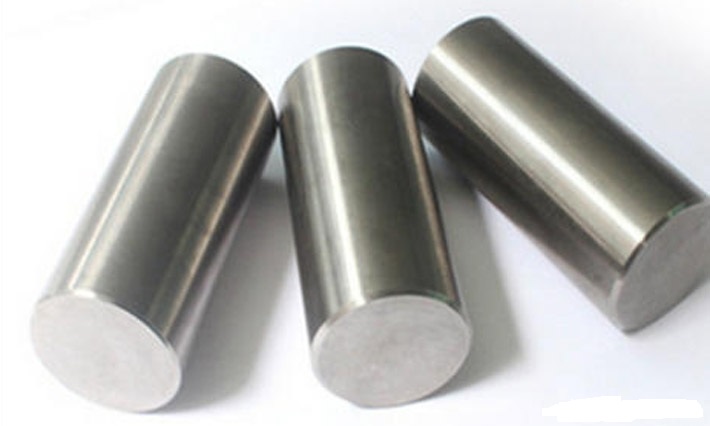
Production Process of Tungsten Nickel Iron Alloy Tungsten-nickel-iron alloy is an alloy based on tungsten (about 90 to 98%) and added with nickel, iron, copper, or other components, and its specific gravity is generally 17.0 to 18.5. It is characterized by high sintering density, good strength, a certain degree of ferromagnetism, good plasticity and machinability, good […]
Tags: Advanced Refractory Metals, ARM, high-quality refractory metals & alloys, manufacturer & supplier of refractory metals & alloys, refractory alloys, Refractory Metals, Tungsten, Tungsten Nickel Iron Alloys
Copyright © 1994-2024 Advanced Refractory Metals owned by Oceania International LLC, All Rights Reserved.